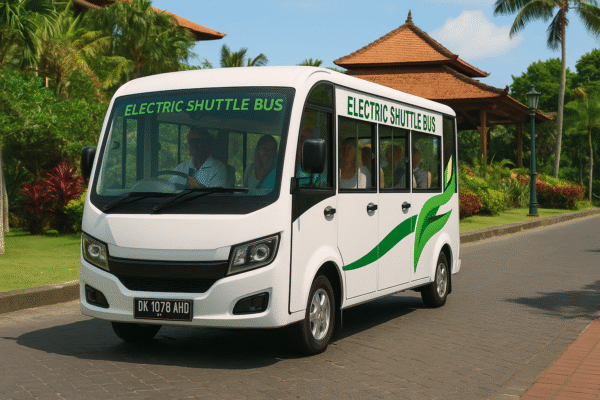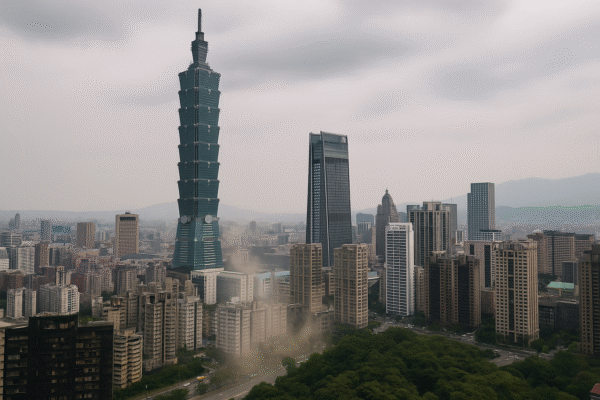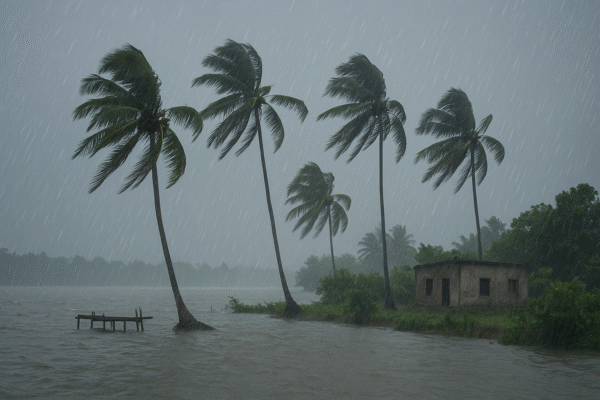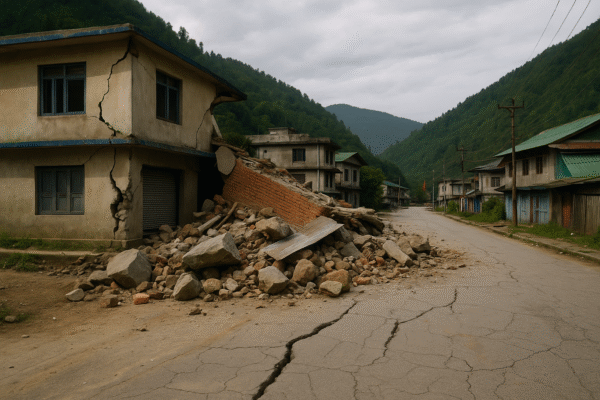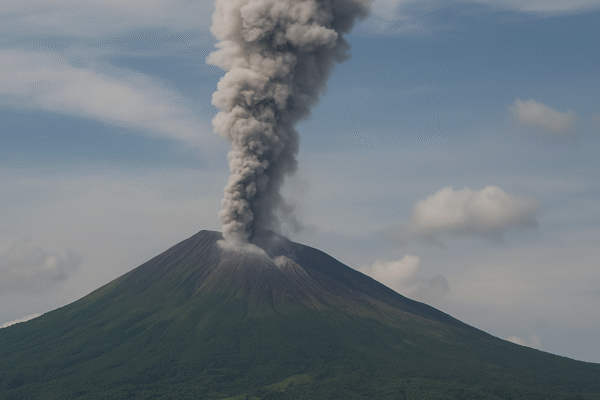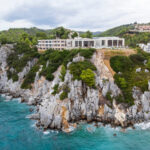Mount Kanlaon Volcanic Unrest Triggers Travel Warnings and Mass Evacuations in the Philippines
Mount Kanlaon, one of the most active volcanoes in the Philippines, is currently exhibiting signs of heightened volcanic activity, prompting the Philippine Institute of Volcanology and Seismology (Phivolcs) to maintain an Alert Level 3 status. Located on Negros Island in the Western Visayas region, Kanlaon has expelled significant amounts of sulfur dioxide gas, emitted towering steam plumes, and triggered multiple volcanic earthquakes within a 24-hour period—indicators of potential magma ascent and a possible eruption.
As of July 13, Phivolcs recorded four volcanic earthquakes and the emission of approximately 1,383 tons of sulfur dioxide. Steam-laden plumes were observed reaching up to 600 meters above the summit crater, further intensifying concerns that magma is rising toward the surface. These developments have prompted precautionary measures, including the restriction of airspace near the volcano and mandatory evacuation preparations within the six-kilometer Permanent Danger Zone (PDZ).
Alert Level 3: What It Implies for Travelers and Locals
Phivolcs continues to enforce Alert Level 3 on Mount Kanlaon, which signifies a relatively high level of volcanic unrest. Under this classification, an eruption is possible within days or weeks. This alert level mandates a strict no-entry policy into the PDZ and urges local authorities to implement preemptive evacuations in high-risk areas.
The Civil Aviation Authority of the Philippines (CAAP) has temporarily closed airspace near the volcano, cautioning pilots about the dangers posed by volcanic ash clouds that can severely impair visibility and engine performance. Mountaineering activities and tourism-related operations in the vicinity of the volcano have also been suspended until further notice.
Hazards Associated with Kanlaon’s Volcanic Activity
According to Phivolcs and the Department of Science and Technology (DOST), several hazards are currently linked to Kanlaon’s unrest:
- Sudden Explosive Eruptions: The volcano may release sudden and powerful explosions of lava, ash, and volcanic gases.
- Lava Flows: If magma breaches the surface, lava flows could endanger nearby communities and infrastructure.
- Ashfall: Volcanic ash may reduce air quality, affect crops, and contaminate water sources.
- Pyroclastic Flows: Fast-moving currents of hot gas and volcanic debris pose a significant danger to anyone within range.
- Lahar Risks: Heavy rainfall could mix with volcanic ash to form deadly mudflows capable of sweeping away roads and structures.
Phivolcs emphasizes the unpredictability of these hazards and urges communities near the volcano to remain on high alert.
Nearly 94,000 Residents Affected Across Negros Island
The Department of Social Welfare and Development (DSWD) reports that approximately 94,000 individuals have been affected by the current volcanic activity. These include evacuees, at-risk communities, and those whose livelihoods have been disrupted due to road closures and agricultural damage.
Local government units (LGUs) have activated evacuation centers and are coordinating closely with national agencies to ensure the timely distribution of relief aid, including food, water, and medical supplies. The Philippine National Police (PNP) and Armed Forces of the Philippines (AFP) have also been deployed for logistical support and public safety enforcement.
Emergency Response Intensified
To address the ongoing threat, Phivolcs has increased the frequency of seismic and gas monitoring around Mount Kanlaon. Drones, satellites, and ground-based sensors are being used to track changes in the volcano’s surface and crater region. Community preparedness is also being ramped up through educational drills, evacuation planning, and real-time hazard information campaigns.
Local disaster risk reduction and management offices (DRRMOs) are working hand in hand with barangay officials to ensure residents are informed and prepared. Evacuation plans are being rehearsed, and contingency strategies are being updated daily as new data becomes available from Phivolcs.
Volcanic History Suggests Eruption Likely
Standing at 2,465 meters, Mount Kanlaon is the tallest peak in the Visayas and one of 24 active volcanoes in the Philippines. It last erupted in June 2024, causing minor ash emissions and temporary disruptions to local communities.
Volcanologists note that Kanlaon’s current unrest mirrors past eruptive patterns—characterized by clusters of minor earthquakes, sulfur dioxide releases, and steam-driven explosions. These precursors are consistent with historical data suggesting that the volcano could enter another eruptive phase soon.
Tourism and Travel Advisory: Caution Urged
In light of the escalating situation, the Department of Tourism (DOT) and local tourism offices are urging travelers to postpone visits to the area. All climbing routes, trekking trails, and tourism establishments within the danger zone have been closed to the public. Violating these closures could not only jeopardize personal safety but also endanger rescue personnel.
Foreign embassies have also issued travel advisories, recommending that their citizens avoid non-essential travel to Negros Island until the alert status is lifted. Tour operators are offering rebooking options for tourists with planned itineraries in the region.
Official Advice: Stay Informed, Avoid Speculation
Authorities stress the importance of following updates from verified government sources. Residents, tourists, and local stakeholders are encouraged to monitor:
- Phivolcs official bulletins
- Local government advisories
- Disaster response agencies’ social media
The public is also cautioned against spreading unverified information that may cause panic or disrupt emergency operations.
For more travel news like this, keep reading Global Travel Wire



